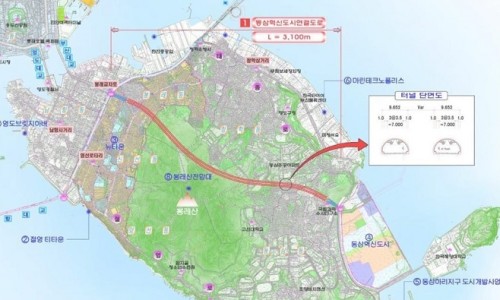Table of Contents
- Key projects to accelerate traffic innovation in Yeongdo
- Overview of the Bongnaesan Tunnel construction project
- Summary of key points from the residents' briefing
- Compensation plan and budget status
- Outlook on changes in Yeongdo's traffic environment
- Bongnaesan Tunnel, a key axis changing the future traffic of Yeongdo
- Frequently Asked Questions (FAQ)
Key projects to accelerate traffic innovation in Yeongdo

The long-awaited Busan Bridge and the road construction project connecting Dong-Sam Innovation City, namely Bongnaesan Tunnel, is rapidly progressing with the goal of starting in June 2026. The city of Busan has selected the Jinheung Company Consortium as the contractor and is currently in the detailed design phase, aiming for completion and opening in 2030.
This project is expected to become an important infrastructure that will fundamentally solve the traffic congestion issues within Yeongdo. Local residents have high expectations for this project and anticipate significant improvements in traffic convenience.
At the residents' briefing held in October 2025, important information including the compensation plan, schedule for road area designation, and the scope of the design was disclosed. This has made the specific details of the project clearer.
Overview of the Bongnaesan Tunnel construction project

A new road connecting the Busan Bridge and Dong-Sam Innovation City is being constructed. The road, measuring a total length of 3.2 kilometers, will consist of 4 lanes in both directions, of which 2.99 kilometers will be tunnels.
This road is being recognized as an important alternative that will significantly reduce traffic volume on the existing traffic system centered around the coastal detour road, which includes Jeollyeongno and Haeyangno. The project is planned to start in 2021 and continue until 2032, with an opening scheduled for December 2030.

This project requires a total budget of 241.9 billion won, which includes both national and municipal funding. This amount was confirmed through discussions with the Ministry of Land, Infrastructure and Transport last year.
The contractor has been finalized as the Jinheung Company Consortium, which is currently in the detailed design phase.

Summary of key points from the residents' briefing

The residents' briefing held on October 15, 2025, at the Yeongdo District Office auditorium conveyed important information on route design, project schedules, and compensation plans. In particular, the decisions regarding the road area and compensation schedule were specifically revealed, heightening local residents' interest.

The city of Busan announced at the recent briefing that the detailed design is scheduled to be completed by the end of 2025, with construction expected to begin in June 2026. Following that, the actual construction will start after completing legal procedures such as traffic impact assessments and environmental impact assessments.
Once this tunnel is completed, accessibility between Yeongdo and Dong-Sam will significantly improve, and traffic congestion during commuting hours is expected to greatly decrease. Such changes are expected to have a positive impact on local residents.
Compensation plan and budget status

The compensation schedule and budget overview announced at the residents' briefing are as follows.
The compensation schedule indicates that the road area determination notice will be issued in March 2026, and authorization for the project and construction will begin in the first half of that year. In the second half, notice regarding the compensation plan will be publicly announced. Following that, from 2027, procedures for appraisal, compensation discussions, and deposits will proceed.

The compensation cost is expected to be 12.8 billion won as of 2023, but this is only a rough estimate. The actual amount will be finalized through appraisal.
The budget consists of the following items: the construction cost is 210.7 billion won, accounting for 87.1% of the total, the compensation cost is estimated at 12.8 billion won (5.3%), and other costs total 18.4 billion won (7.6%). The total budget amounts to 241.9 billion won.
The city of Busan plans to ensure transparency in the compensation process and minimize inconveniences for residents through detailed step-by-step guidance.
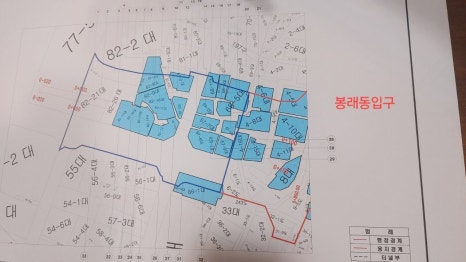
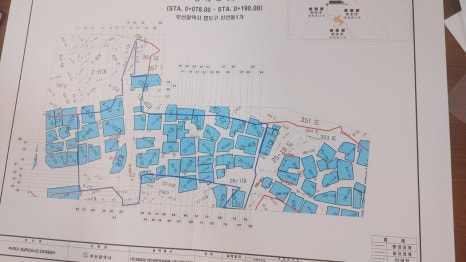
Outlook on changes in Yeongdo's traffic environment
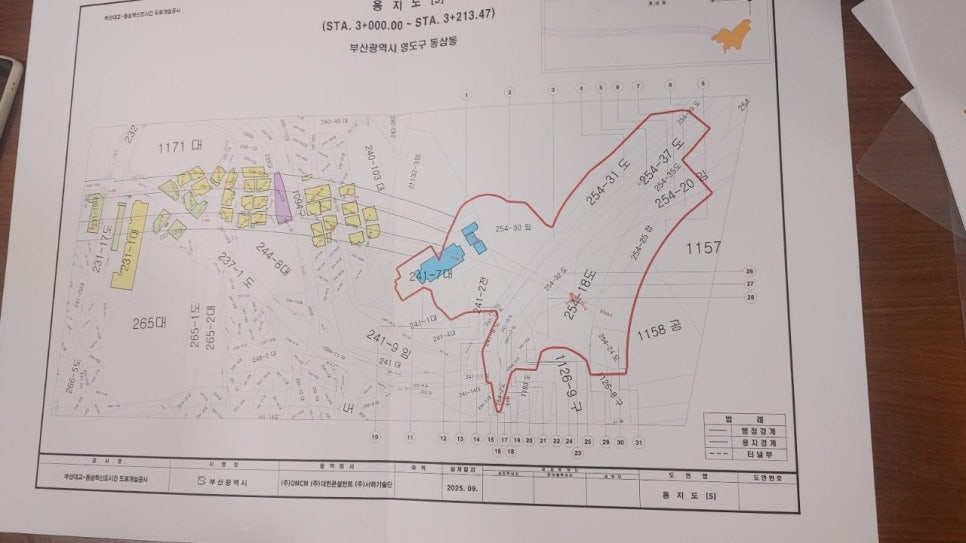
The opening of the Bongnaesan Tunnel will be an important opportunity to fundamentally solve the traffic problems in Yeongdo. Currently, Jeollyeongno and Haeyangno are experiencing continuous congestion, and traffic jams have worsened with the increasing commuting population in Dong-Sam Innovation District.
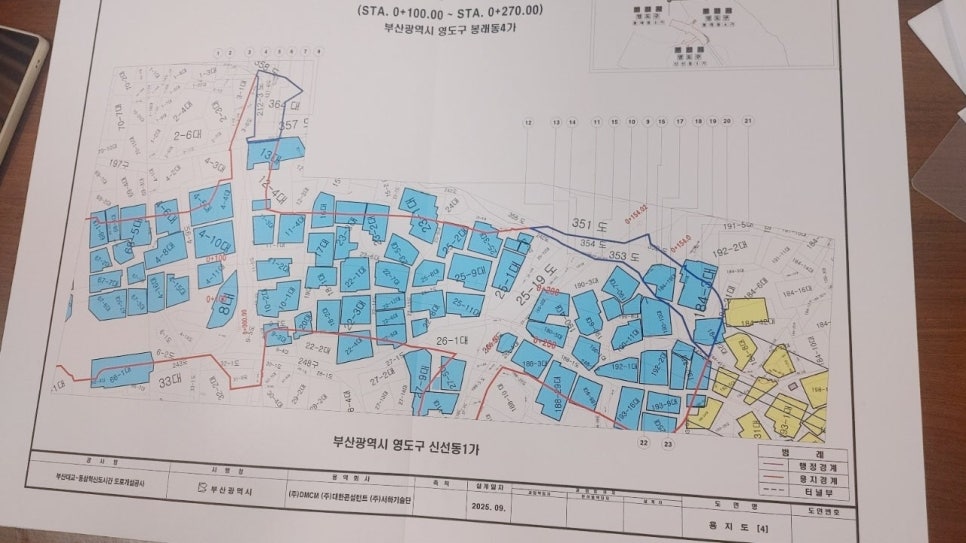
According to predictions by the city of Busan, traffic volumes on Jeollyeongno are expected to decrease from 21,000 to 13,000 vehicles. Additionally, traffic volumes on Haeyangno are projected to decrease from 39,000 to 33,000 vehicles.
With the opening of the tunnel, there will be no need to detour through the coastal road, and vehicle travel routes will be streamlined, significantly reducing travel time.
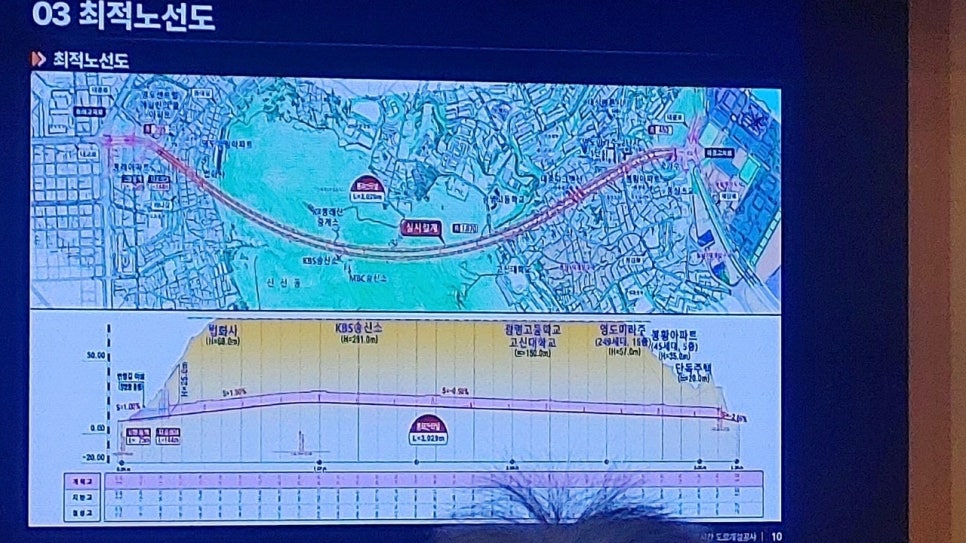
Due to the geographical features of Yeongdo, steep slopes, narrow roads, and disruptions in the front and back have been present. If these long-standing inconveniences are improved, it is expected to have a positive impact on the revitalization of the local economy and the improvement of tourism accessibility.
Bongnaesan Tunnel, a key axis changing the future traffic of Yeongdo
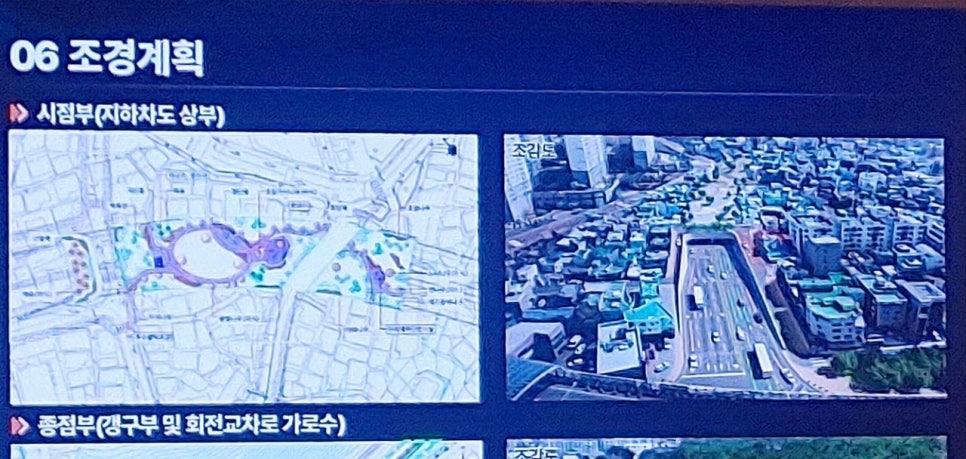
The Bongnaesan Tunnel is crucial infrastructure that will fundamentally resolve traffic congestion in Yeongdo, with construction set to begin in 2026 and expected to open in 2030. With this timeline presented, the project is progressing rapidly.


With the details of the compensation plans, route scale, and budget revealed at the residents' briefing, the specifics of the project have become clearer. Local residents are showing great expectations.
Once the tunnel is completed, accessibility to the Dong-Sam Innovation District and the areas densely populated with marine institutions will significantly improve, which is expected to greatly contribute to enhancing the urban competitiveness of Yeongdo.
#BongnaesanTunnel, #YeongdoTunnelConstruction, #BusanBridgeDongSamInnovationCity, #YeongdoTrafficImprovement, #BusanRoadConstruction, #BusanUrbanPlanning, #YeongdoGuDevelopment, #BusanTunnelProject, #BusanBridge, #DongSamInnovationCity, #YeongdoTrafficIssues, #BusanCityRoadProjects, #BusanInfrastructure, #BusanDevelopmentOpportunities, #YeongdoRealEstate, #BusanTrafficOpportunities, #BusanCityRoadConstruction, #BusanConstructionProjects, #YeongdoIntersection, #HaekyungIntersection, #BusanTrafficMeasures, #BusanCityNews, #BusanNews, #BusanCityDevelopment, #TrafficInfrastructureImprovement, #CoreBusanProjects, #YeongdoLivingArea, #BusanHubDevelopment, #BusanCityBriefing, #roadConstructionProject
Frequently Asked Questions (FAQ)
Q. What are the schedules for the start and completion of the Bongnaesan Tunnel project?
The Bongnaesan Tunnel is scheduled to start in June 2026 and be completed in 2030.
The Bongnaesan Tunnel project in Yeongdo-gu, Busan is currently in the detailed design phase with a goal to start in June 2026 and plans for completion and opening by 2030. The city of Busan intends to finalize the detailed design by the end of 2025, after which it will undertake legal procedures such as traffic and environmental impact assessments before the actual construction begins. This schedule is anticipated to expedite the project, generating high expectations for improvements in the local traffic environment.
Q. What are the main features and composition of the Bongnaesan Tunnel route?
The route is designed to be 3.2 km long, with 4 lanes in both directions, of which 2.99 km will be tunnels.
The road that includes the Bongnaesan Tunnel is designed to connect the Busan Bridge and Dong-Sam Innovation City, measuring a total length of 3.2 km with 4 lanes in both directions. Of this, the 2.99 km section will be tunnels, which is expected to efficiently improve traffic flow within Yeongdo instead of relying on the coastal detour road. This will play an important role in alleviating local traffic congestion by distributing the traffic currently concentrated on the existing Jeollyeongno and Haeyangno.
Q. What is the total budget for the Bongnaesan Tunnel project and its main expenditure items?
The total budget is 241.9 billion won, with construction costs accounting for 87.1% and compensation costs for 5.3%.
The total budget allocated for the Bongnaesan Tunnel project is 241.9 billion won, which includes both national and municipal funding. The construction cost is about 210.7 billion won, making up approximately 87.1% of the total budget, while the compensation cost is estimated at around 12.8 billion won (5.3%). Other costs are projected to be 18.4 billion won (7.6%). The compensation estimate is currently approximate and will be finalized through appraisal.
Q. What was shared about the compensation plans and schedule during the residents' briefing?
The compensation procedures will begin in 2027 following the road area determination in 2026.
At the residents' briefing in October 2025, details regarding the compensation plan and schedule were shared. The determination notice for the road area will be issued in March 2026, and authorization for the project will commence in the first half of that year. In the second half, a public announcement regarding the compensation plan will be made, followed by appraisal, compensation discussions, and deposit procedures starting from 2027. The city of Busan plans to maintain transparency in the compensation process to minimize inconveniences for residents.
Q. What changes are expected in the traffic environment in Yeongdo after the opening of the Bongnaesan Tunnel?
Traffic congestion in Yeongdo will be greatly improved due to decreased traffic volumes and shorter travel times.
With the opening of the tunnel, the city of Busan predicts that traffic volumes on Jeollyeongno will decrease from 21,000 to 13,000 vehicles, and on Haeyangno, from 39,000 to 33,000 vehicles. The need to detour through the coastal road will be eliminated, allowing for straight travel paths, thus alleviating congestion during commuting hours and reducing travel times. This is expected to enhance traffic convenience for residents and positively impact the revitalization of the local economy and tourism accessibility.
